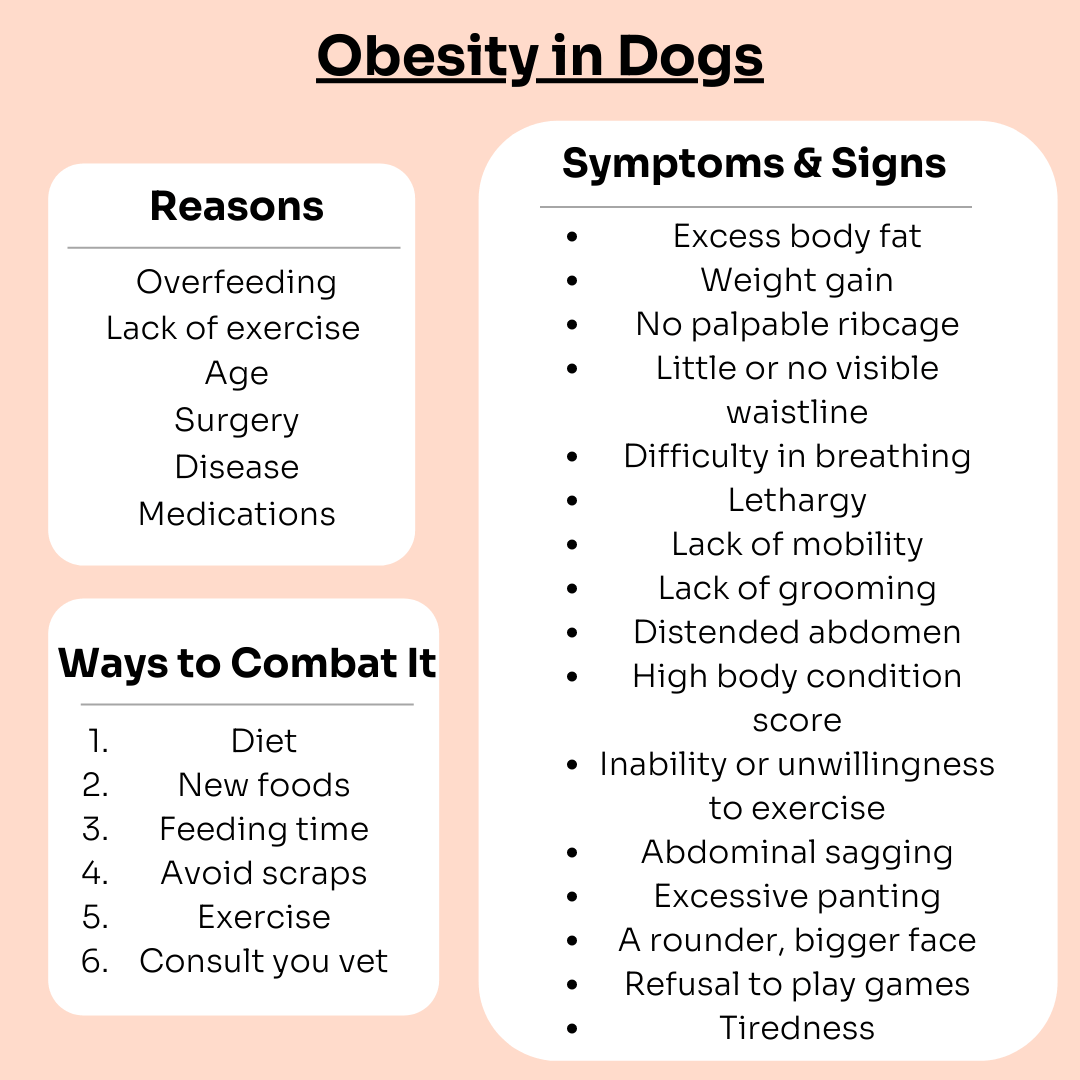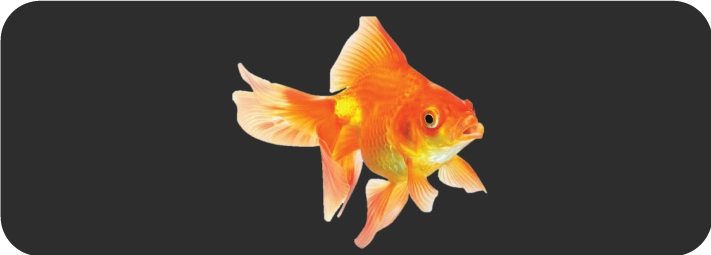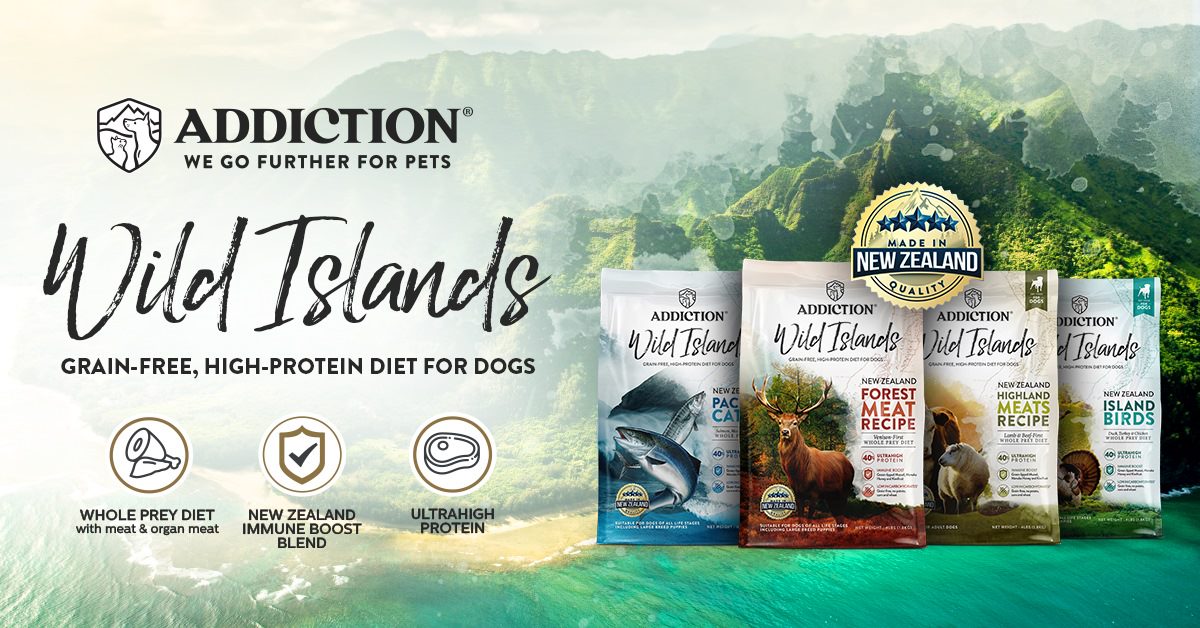Obesity in Dogs and How To Deal with It

Plump dogs might look cute. However, when it comes to their health, lean is better. Too many canines are overweight, and that puts their health at risk. Excess body fat is referred to as obesity. This condition is common in humans, but animals also experience it. One is considered obese if they are overweight by 15-20 percent of the ideal body weight.
This condition is often associated with decreased mobility, decreased life span, increased risk of hyperthermia, cardiovascular disease, diabetes, osteoarthritis, etc. Obesity in dogs also results in decreased life quality and increased vet bills. Hence, it is vital you keep your dog at an optimal weight.
Reasons for Obesity in Dogs
Obesity in dogs is caused by many reasons, including:
- Overfeeding: Overfeeding is one of the major causes of obesity in dogs. Overfeeding is feeding your dog more than they will expend on exercise. Dietary factors that contribute to overfeeding include high-fat food, table scraps, frequent variation in diet, increased number of treats, and increased number of meals.
- Lack of Exercise: Dogs that spend most of their time indoors are at risk of obesity. Sleeping and staying in one place all day can cause your dog to add excess weight.
- Age: Dogs are at risk of obesity as they grow older because of the normal decrease in their ability to exercise due to arthritis and other health conditions.
- Surgery: Surgeries like neutering/spaying result in a decrease in the production of sex hormones, which reduces energy expenditure and can result in satiety changes.
- Diseases: Some health issues associated with dogs can make them gain excess weight. Some diseases that contribute to weight gain are insulinoma, hypothyroidism, and hyperadrenocorticism.
- Medication: Certain medications, such as glucocorticoids and phenobarbital, can reduce satiety and result in overeating. Some drugs can also lead to abnormal weight gain and fat disposition.
Symptoms and Signs of Obesity
Some of the fundamental signs of obesity in dogs are:
- Excess body fat
- Weight gain
- No palpable ribcage
- Little or no visible waistline
- Difficulty in breathing
- Lethargy
- Lack of mobility
- Lack of grooming
- Distended abdomen
- High body condition score
- Inability or unwillingness to exercise
- Abdominal sagging
- Excessive panting
- A rounder, bigger face
- Refusal to play games
- Tiredness
How to Deal with Obesity in Dogs
Fortunately, obesity is reversible. If your dog is overweight, you can introduce some measures to help reduce their weight. Here is how to deal with or prevent obesity in dogs:
- Diet: Provide your dog with protein and fibre-rich diets but low in fat. Foods with little amounts of fat and high fibre and protein will make your dog feel full and provide them with sufficient energy. Replace the dog’s traditional treats with fruits like carrots.
- New Foods: When introducing new food to your canine, do it gradually. Mix the new food with the old food for at least seven days.
- Feeding Time: Share the daily food quantity into several meals and spread it across the day. Furthermore, do not feed your dog too late.
- Avoid Scraps: Do not feed leftovers to your dog. Eliminate all their access to scraps in your home. Check their recommended daily feeding and stick with it.
- Exercise: One of the best ways to treat and prevent obesity in dogs is via exercise. Increase your canine’s physical activities for successful weight loss. Involve them in games and leash walk for about 15 to 30 minutes (two times daily).
- Consult Your Vet: Consider booking an appointment with your vet for a healthy eating plan and advice to help your fur kid lose weight.
Here’s What We Recommend
- Instinct Raw Boost Healthy Weight Dry Dog Food: This grain-free diet is formulated to help dogs maintain optimal weight. It contains high animal protein to boost your pup’s nutrition. The formula contains 25 percent less fat and 15 percent fewer calories. It also contains plenty of vitamins, minerals, and antioxidants to help boost your dog’s overall health and well-being while maintaining optimal weight.
- Orijen Fit and Trim Dog Dry Food: Orijen is a highly reputable brand in the dog food market. This formula is biologically appropriate, and it supports healthy body weight. The diet is rich in fiber and protein, promoting lean muscle mass.
- Absolute Holistic Broth Chunks Tuna Thick Cuts: If you are looking for nutritious wet food to keep your dog at optimal body weight, this is the perfect diet. The formula contains superfood chunky broth, coconut oil, and other vital nutrients your dog needs. It is also rich in omega fatty acids to provide your dog with healthy skin and coat.
Obesity is common in dogs, especially indoor-only pets. Overeating, lack of exercise, and fat-filled diets are some of the causes of obesity. To avoid this condition in your dog, you need to watch their diets and engage them in several physical activities. The best diets for weight management are those with fewer fats and higher protein and fibre.
Here’s a summary of what we talked about in this article!








